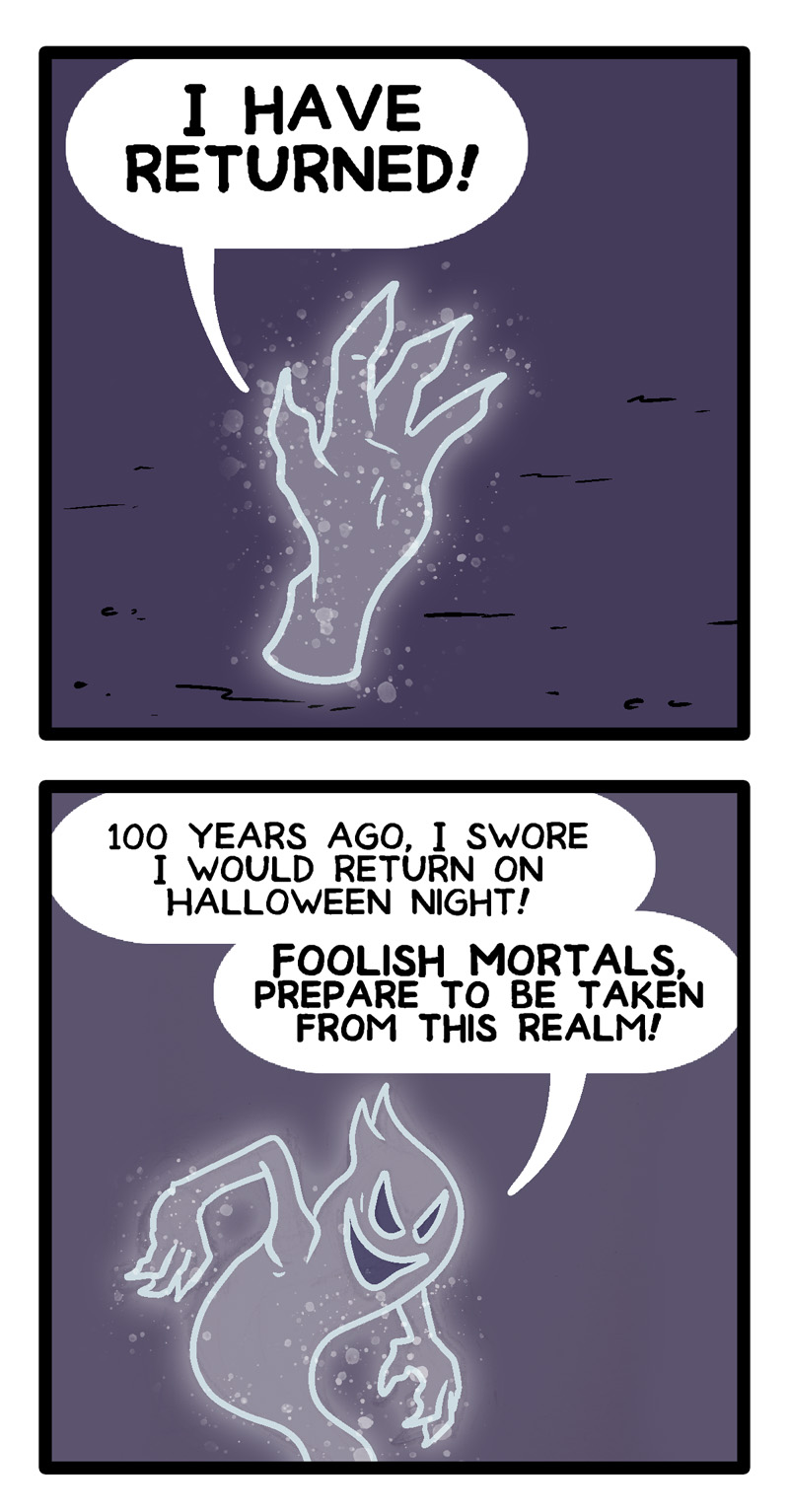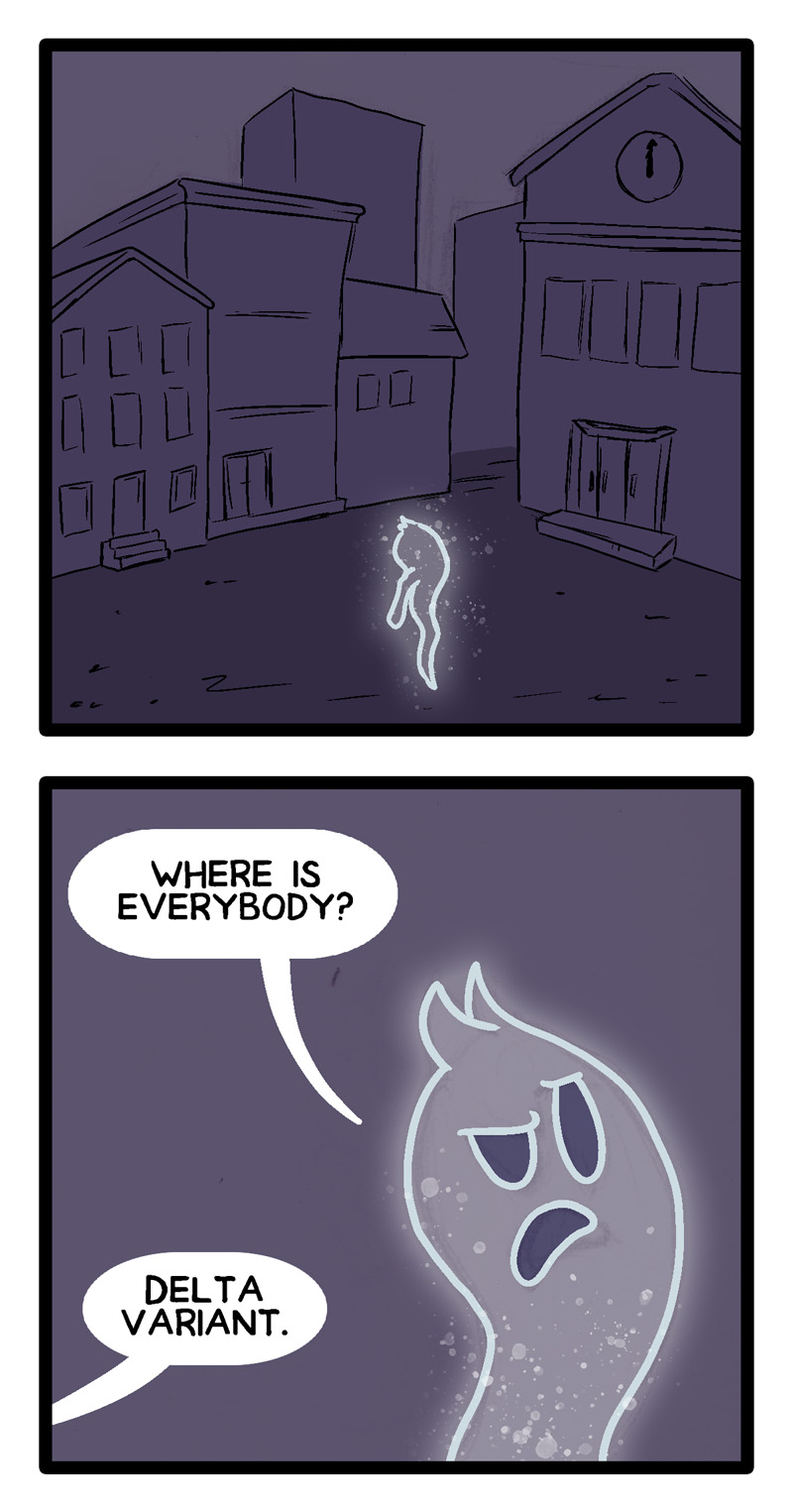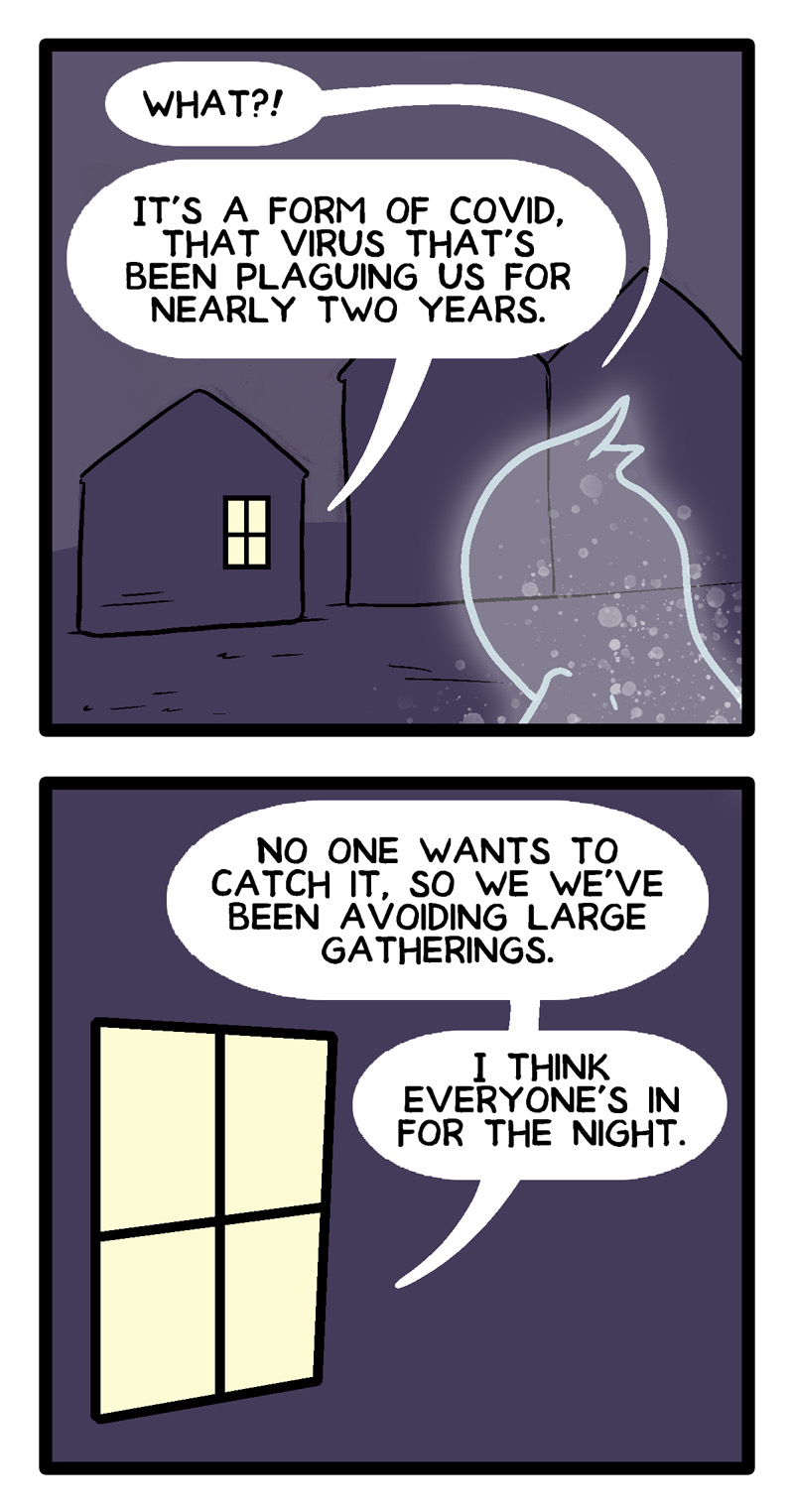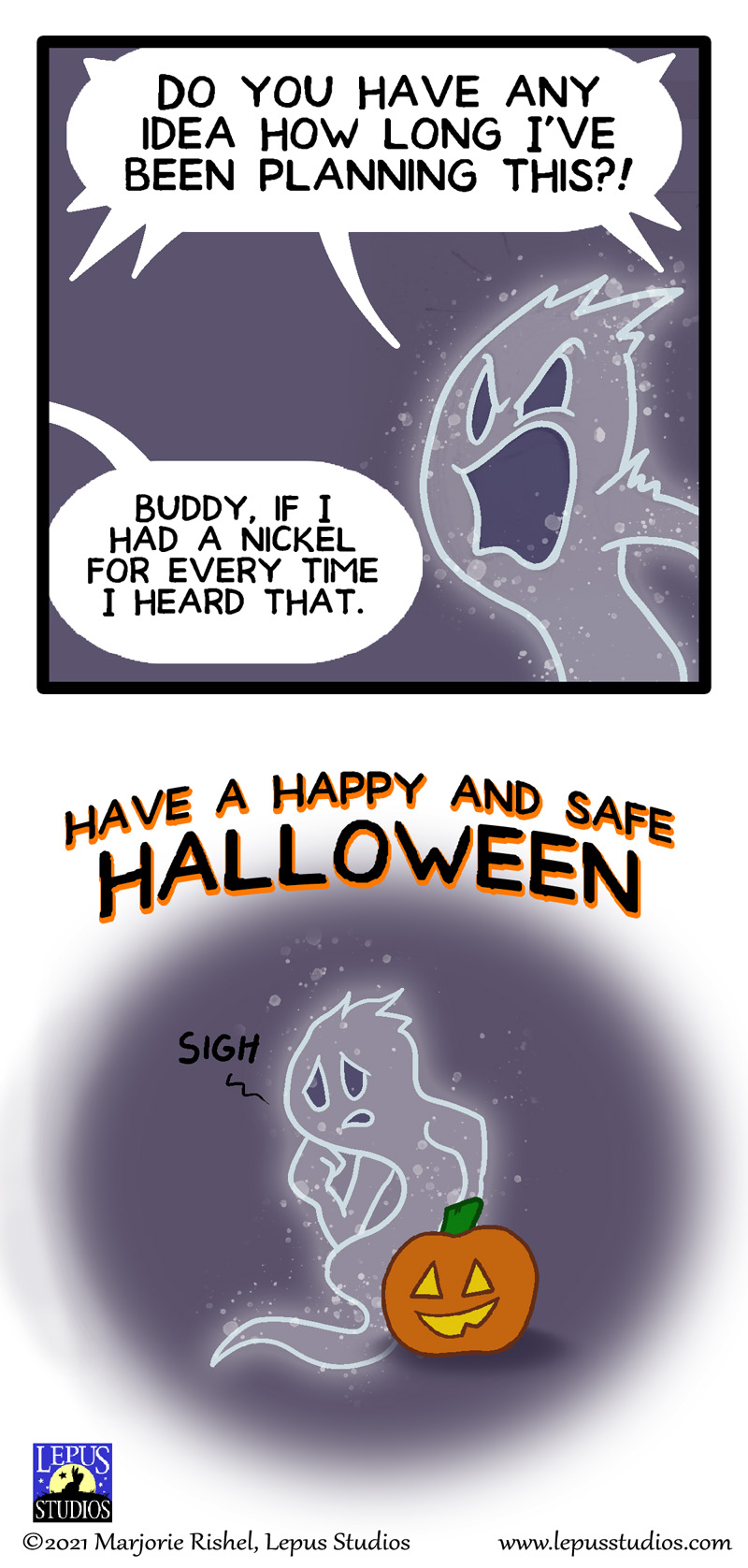I wrote a short, sketchy comic about a ghost for Halloween 2021. and, since I don’t have anywhere else to post it, I put it in the blog space. Enjoy!






I wrote a short, sketchy comic about a ghost for Halloween 2021. and, since I don’t have anywhere else to post it, I put it in the blog space. Enjoy!



